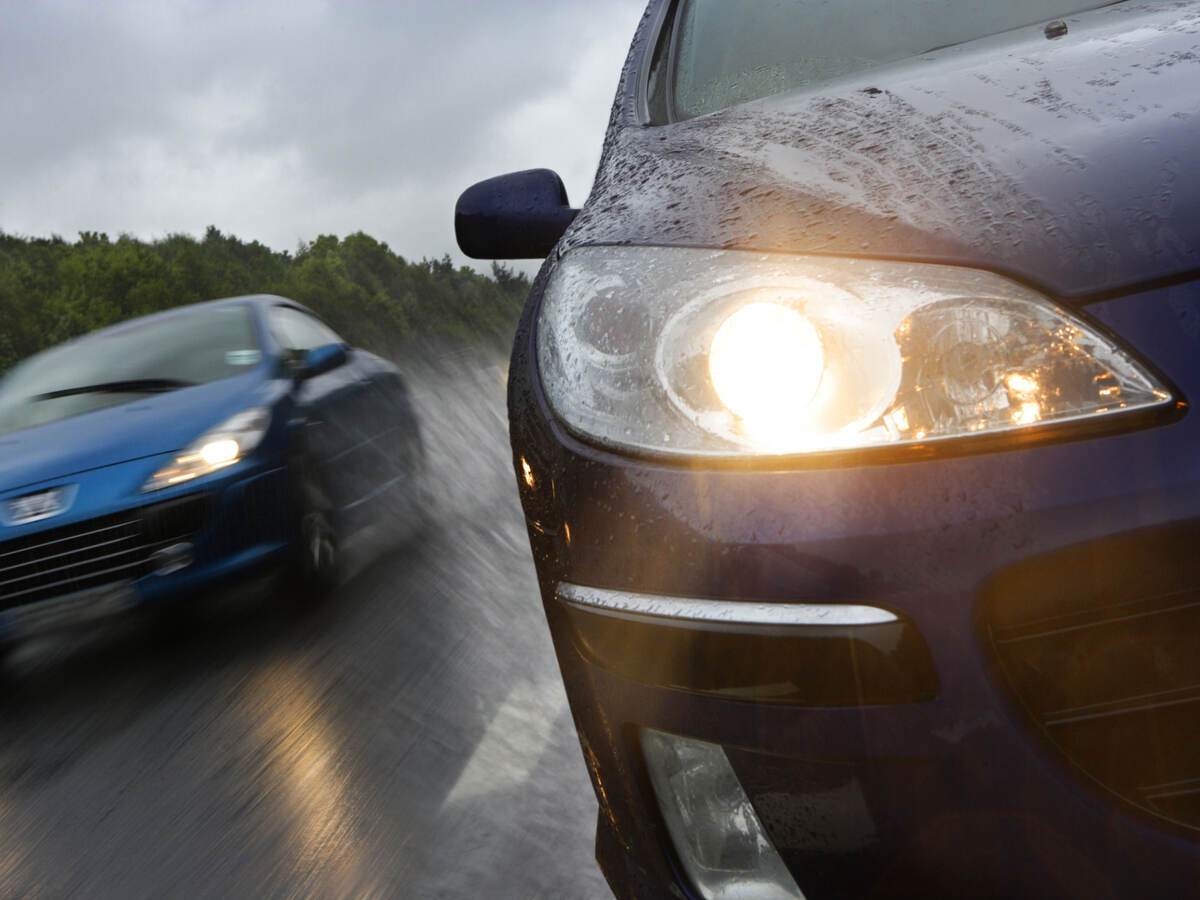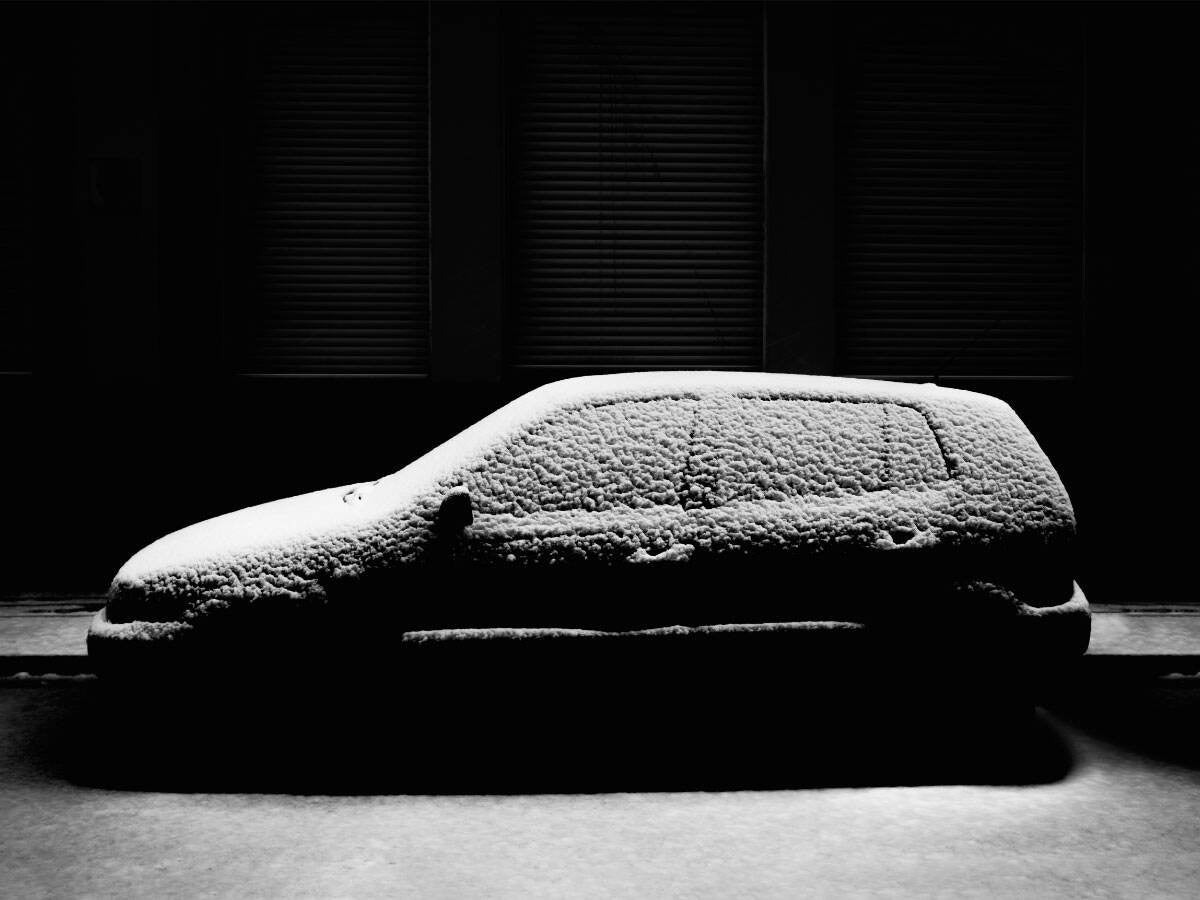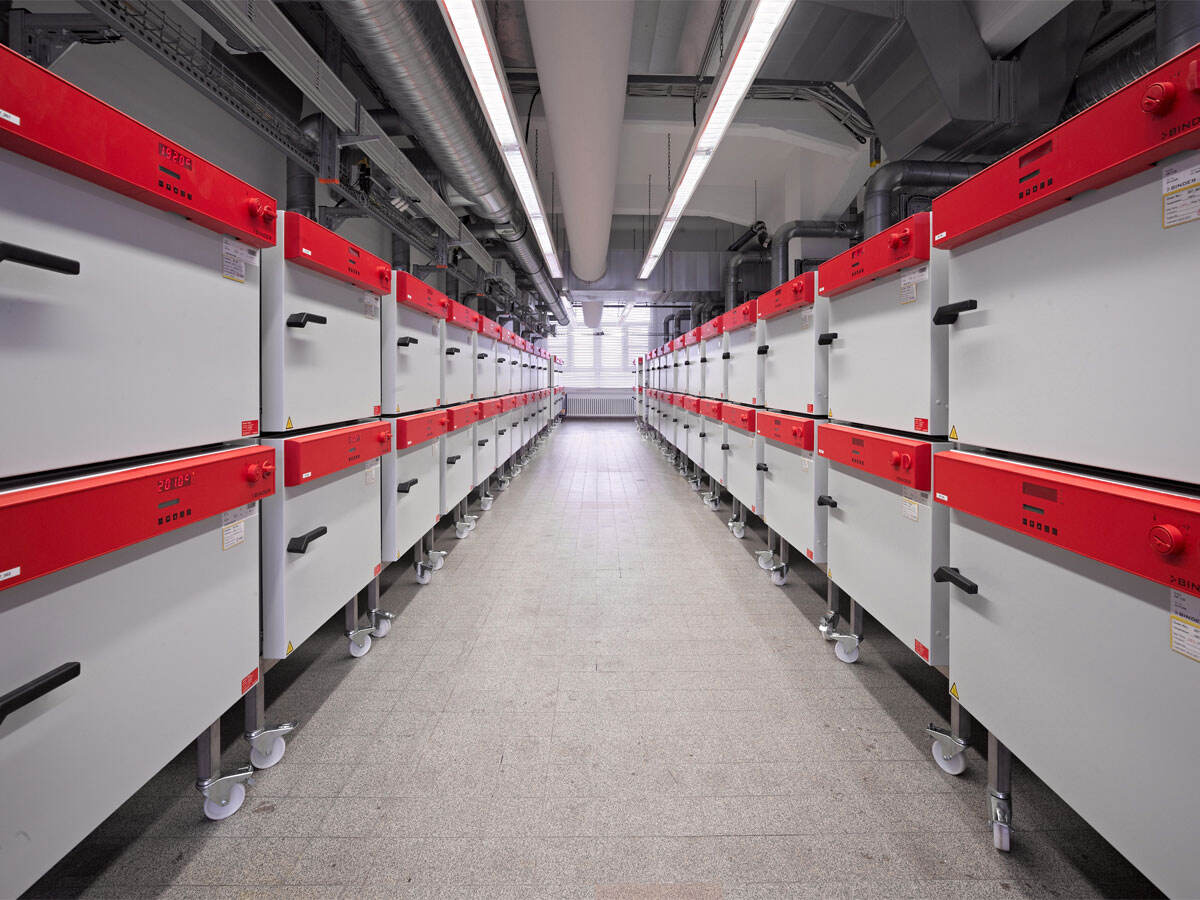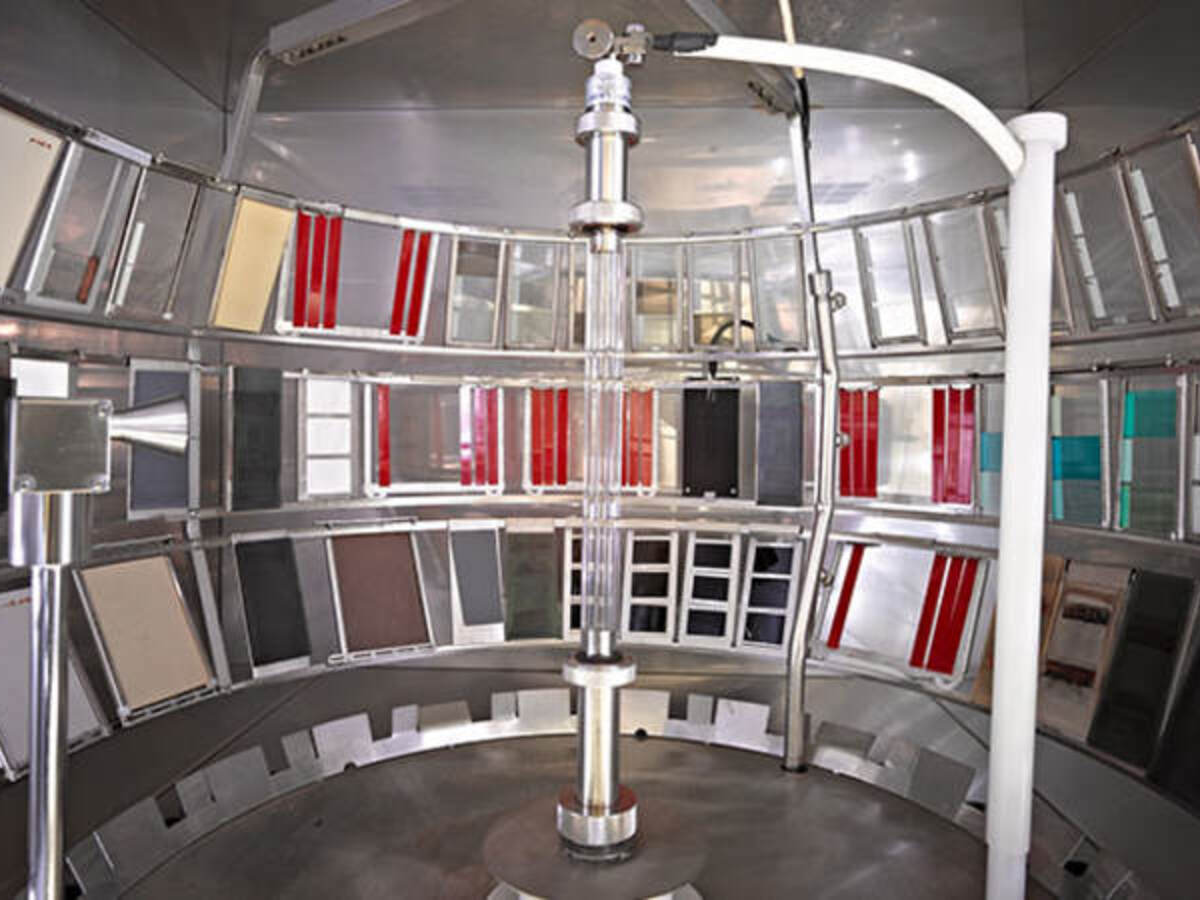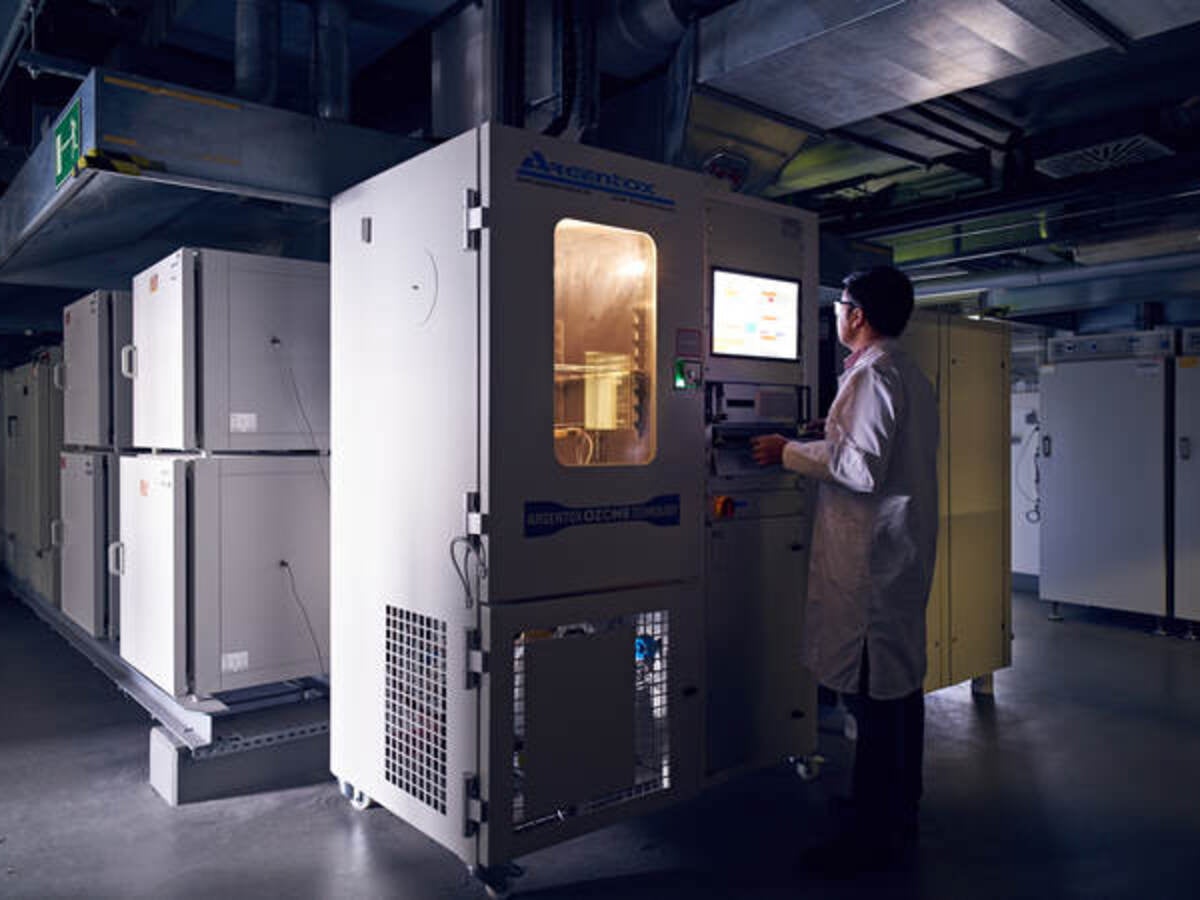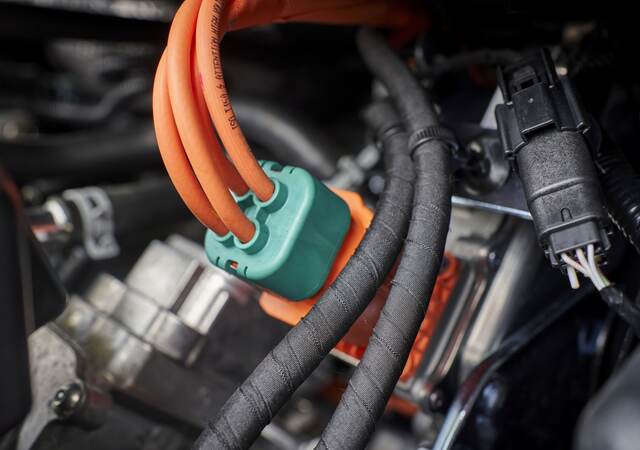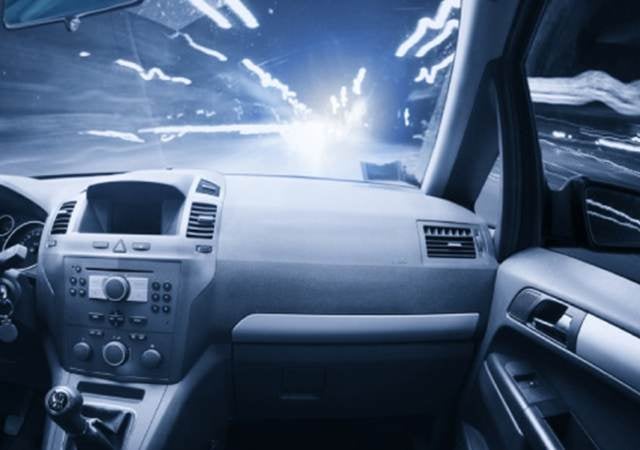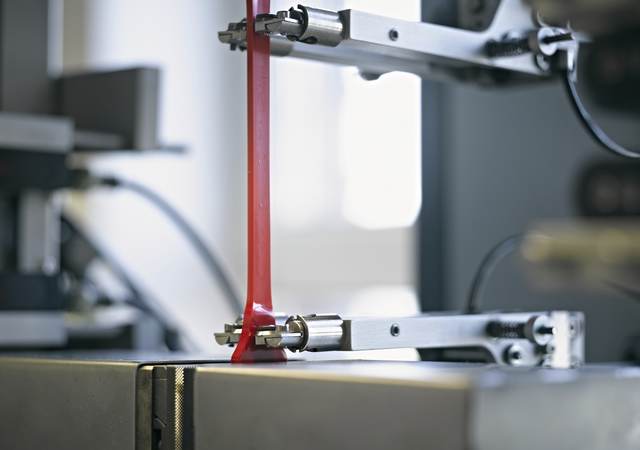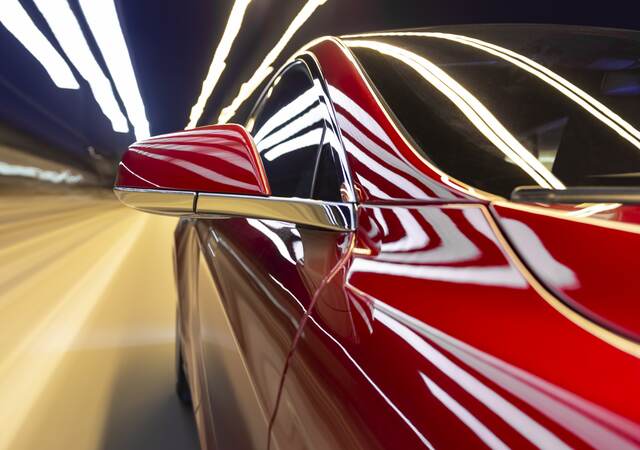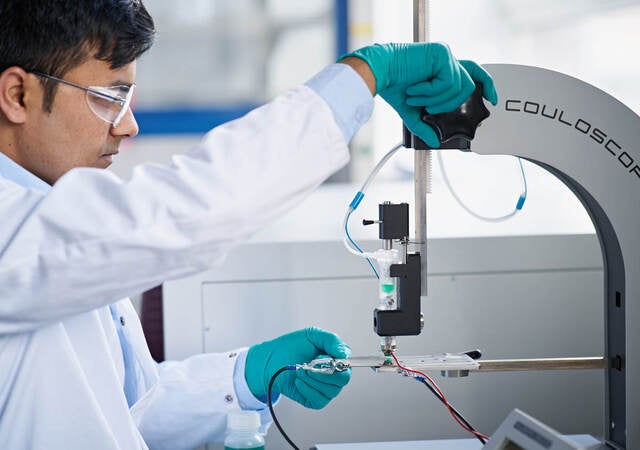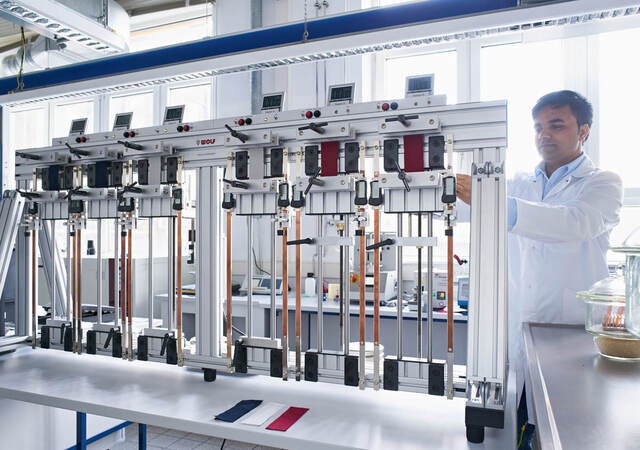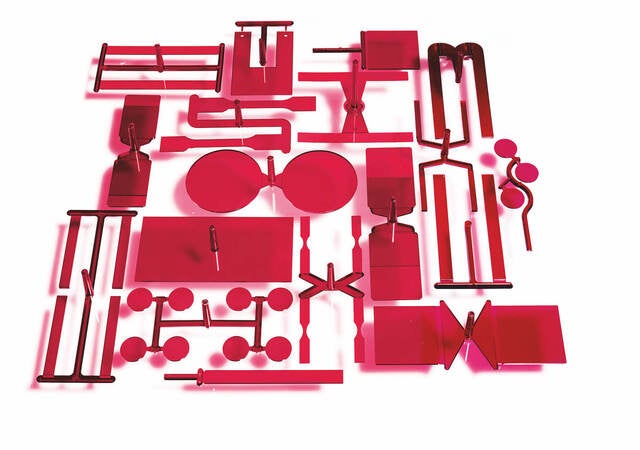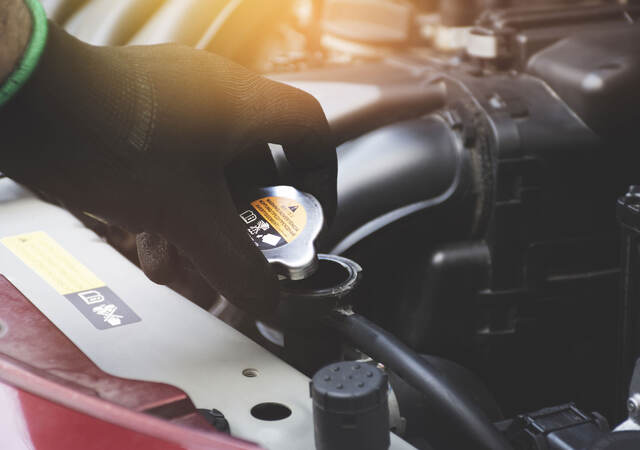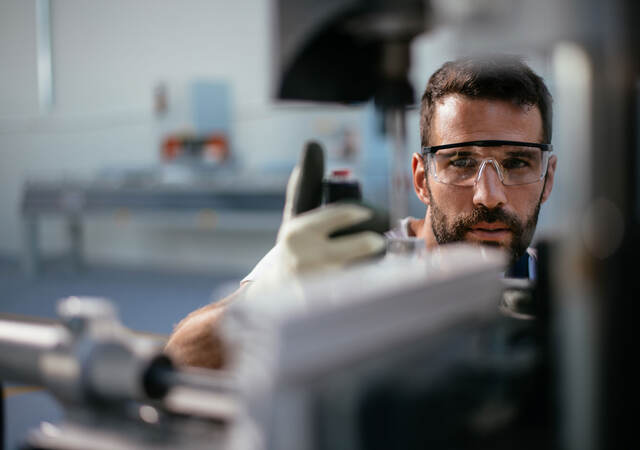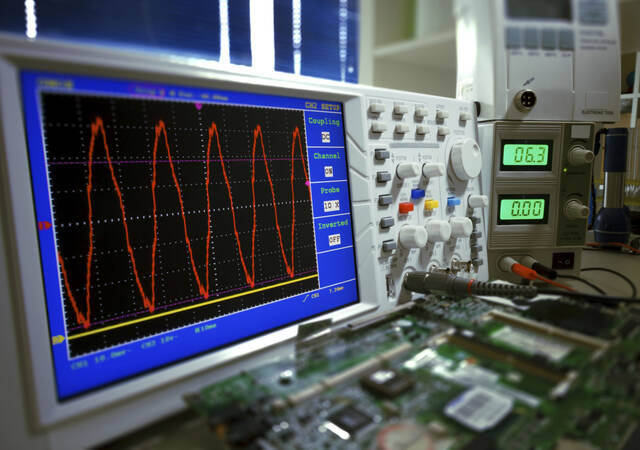Bring trustworthy products to the global market with confidence that they will perform as expected in extreme and everyday environmental conditions, now and into the future.
Our extensive portfolio of simulated and accelerated automotive environmental and climatic test options spans the entire life cycle of your materials, products and components. UL Solutions can simulate thermal conditions from -70°C to +200°C, and test the impact of temperature fluctuations, humidity, high altitude, UV, ozone weathering and other environmental challenges.
We can customize our environmental testing to align with your business needs, international standards and requirements of major automotive tier suppliers and original equipment manufacturers (OEMs).
Thermal shock
Our thermal shock testing helps evaluate an automotive component’s life cycle by subjecting the component to extreme and rapid temperature changes. Our capabilities include:
- Temperature ranges from -70°C to +200°C
- Two-zone thermal shock (hot/cold)
- Three-zone thermal shock (hot/cold/room ambient)
- Basket transfer-type thermal shock systems (separate chambers)
- Baffle-type thermal shock systems (non-moving baskets, including two 39” x 39” x 39” volume and one 8.4” x 8.4”x 8.4” volume)
Common specifications for thermal shock include GMW3172, CS-11982, PF9530, TSC3000G, TSC0510G, IEC 600068-2-14, CS.00056, Nissan 28401NDS01 and Ford SDS.
Temperature/humidity and thermal aging
To simulate different climatic conditions, e.g., seasons in different world climate zones, and to accelerate environmental exposures, UL Solutions can carry out standardized and customer-specific accelerated climate change tests on your products and components.
A cyclic climate change test (temperature and humidity) conducted in our test chambers on test specimens and finished parts simulates certain environmental stressors. We can detect weak points in exterior or heavily stressed interior components early on so you can correct them.
We analyze the aging behavior of polymeric materials through accelerated aging test methods by storing specimens at different temperatures in hot-air ovens. We remove the respective test specimens from the ovens in determined time intervals for testing. We use the reduction in the material properties to measure the aging behavior.
Typical test methods for determining these changes are mechanical, electrical and surface tests, as well as optical evaluations. Other methods are possible and depend on the specific application. UL Solutions offers:
- Both large and small environmental chambers
- Humidity capabilities from 5% relative humidity (RH) to 100% RH
- Fast-ramp capabilities
Common standards for temperature, humidity and thermal aging include PV 1200; DIN 40046; IEC 60721-4; IEC 60068-2; GMW 14729; GMW3172; PR 303.5; PV 2005; IEC 60216-1; VDE 0304; UL 746B, the Standard for Polymeric Materials – Long Term Property Evaluations; TPJLR.52.352; D45 1139 PSA; D45 1234 PSA; PV 3355;IEC 60068-2-38; CS.00053; TSC0510G; 28401NDS01; TSC3005G; PF 9590; CS-11982; ISO 16750-4; and equivalent standards.
Artificial weathering (light and UV resistance)
Weather impacts the long-term behavior of polymers and coatings. We simulate possible color, surface, chemical and mechanical changes on test specimens due to controlled weathering influences.
In these tests, we assess changes to automotive components due to weather influences. Various test methods offer the possibility of simulating different weather conditions for interior and exterior use.
Common standards for weathering include Ometer, Xenotest, Suntest, UV-Test ASTM G26, ASTM G151, ASTM G155, DIN EN ISO 4892, ISO 75220, SAE J2412, SAE J2527, VDA 75202, PV 1303, PV 3929, PV 3930 and equivalent standards.
Ozone aging
Ozone’s effect on plastics (thermoplastics, elastomers), polymers and rubbers can lead to the formation of cracks and consequently significantly reduce the service life of products. Therefore, most types of materials affected by ozone must be protected with additional coatings, antioxidants and ozone waxes. We can simulate ozone’s aging of the materials and measure it within a few days in our ozone test chamber.
Common standards for ozone aging include DIN 53509, ASTM 1149, ISO 1431, VW 2.8.1 55 15 2, JIS k 6259, NF T46-019, BS 903 A43, GB 7762, PV 3305, PV 3316 and equivalent standards.
Why UL Solutions
Along with helping you address the complex needs associated with automotive environmental testing, we can also help you gain confidence navigating new and growing requirements. By offering an extensive array of resources, we can support your innovations wherever you are in the product life cycle while also supporting your efforts to build and maintain brand loyalty and trust with your customers.
Our network of laboratories around the world — staffed with leading automotive testing engineers who have a deep and broad knowledge of local and global regulations and specifications — has the capabilities you need to test and certify virtually every aspect of your automotive product in one place. We are a global safety science leader, and when you partner with us, we can help you:
- Optimize your development process
- Reduce your costs
- Access independent and reliable test results
- Accelerate your time to market
Get connected with our sales team
Thanks for your interest in UL's products and services. Let's collect some information so we can connect you with the right person.

